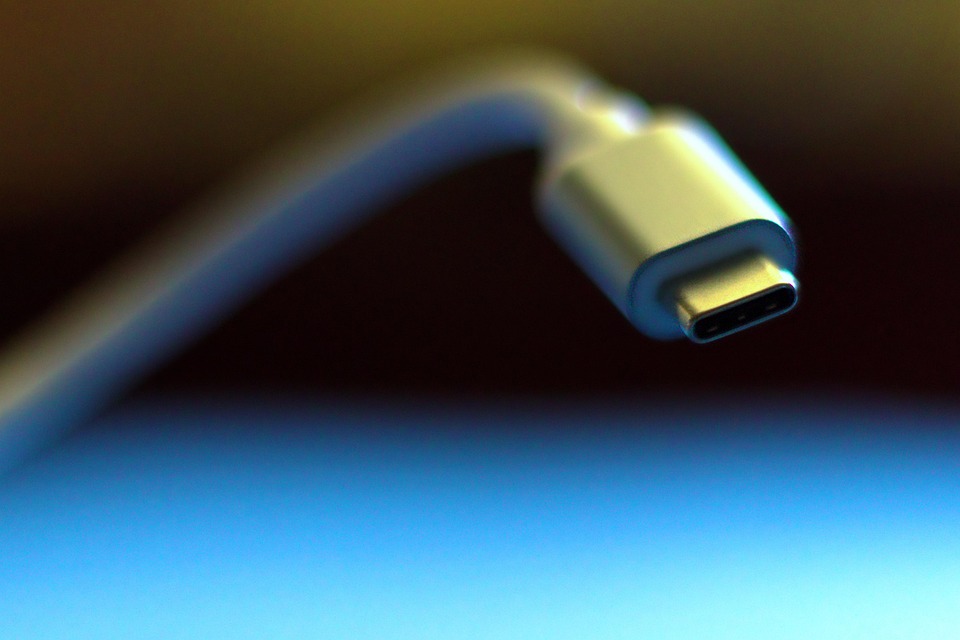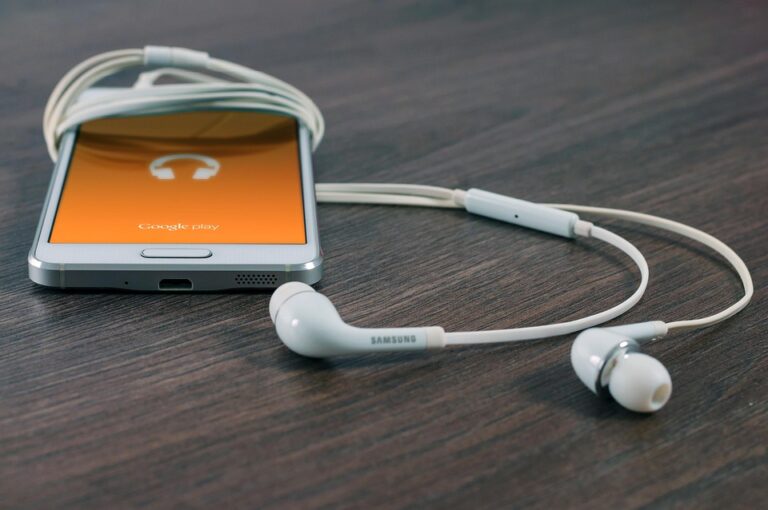
The Journey of Wireless Charging: From Concept to Convenience
In the realm of technological advancements, few innovations have captured the imagination of consumers quite like wireless charging. What began as a mere concept has evolved into a ubiquitous feature of modern life, revolutionising the way we power our devices. But how did we arrive at this juncture? Let’s delve into the intriguing evolution of wireless chargers, tracing key milestones and pondering their implications.
Early Foundations: The Birth of Inductive Charging
The genesis of wireless charging can be traced back to the late 19th century, when Nikola Tesla first demonstrated the principles of wireless energy transfer. His experiments with induction coils laid the groundwork for what would later emerge as inductive charging. Fast forward to the 1990s, and researchers at the University of Queensland unveiled the first practical application of inductive power, paving the way for consumer devices.
One might wonder, why did it take so long for this technology to flourish? The answer lies in the limitations of early prototypes. Efficiency was a significant hurdle; the energy loss during transmission was substantial, making the technology impractical for everyday use. Nevertheless, the seeds had been sown, and the promise of a wire-free future began to take shape.
The Rise of the Qi Standard
By the early 2000s, the wireless charging landscape began to shift dramatically with the introduction of the Qi standard. Developed by the Wireless Power Consortium (WPC), this standard aimed to unify various charging technologies and ensure compatibility across devices. With the backing of major companies like Apple and Samsung, Qi chargers quickly gained traction, enabling users to power their smartphones effortlessly by simply placing them on a charging mat.
Yet, as convenient as this seemed, questions arose: Was this technology safe? Could it truly replace traditional charging methods? Experts weighed in, with some heralding Qi as a game-changer, while others expressed scepticism about efficiency and safety. What remained clear was that, as wireless charging gained popularity, the consumer’s appetite for convenience was insatiable.
Modern Innovations: Beyond Smartphones
Today, wireless charging has transcended its initial application, venturing into various realms. From smartwatches to electric vehicles, the technology has been adapted to serve an array of devices. Moreover, advancements in resonant inductive coupling have enabled greater distances between chargers and devices, further enhancing user experience.
Consider the implications of this evolution: the advent of wireless charging stations in public spaces like cafes and airports exemplifies a shift in consumer behaviour. No longer tethered to a wall socket, individuals can now power up their devices while on the go. Yet, one must ask, does this convenience come at a cost? Critics have pointed out that the widespread adoption of wireless charging could lead to increased energy consumption, raising concerns about sustainability.
Looking Ahead: The Future of Wireless Charging
As we gaze into the crystal ball of technological advancements, what does the future hold for wireless charging? Innovations such as solar-powered wireless chargers and improvements in energy efficiency are on the horizon. Furthermore, the potential for integrating wireless charging into everyday furniture—think coffee tables equipped with charging pads—could redefine our interaction with technology.
In an era where convenience is king, the evolution of wireless chargers illustrates a broader trend: the continuous pursuit of a seamless user experience. However, as we embrace these advancements, it remains imperative to consider their environmental impact and sustainability.
BargainsTrust continues to bring you the latest curated information on all things innovative and practical, ensuring that you stay informed about the best products and trends in technology. As we move forward in this wireless age, it’s an exciting time to be part of a world that thrives on convenience and connectivity.






